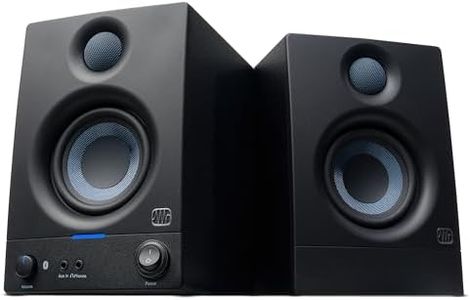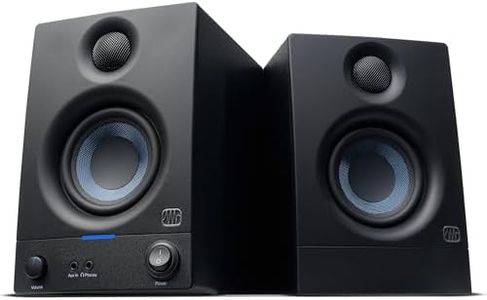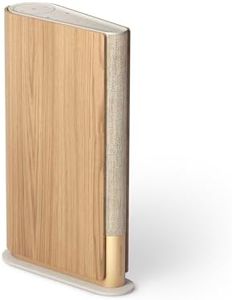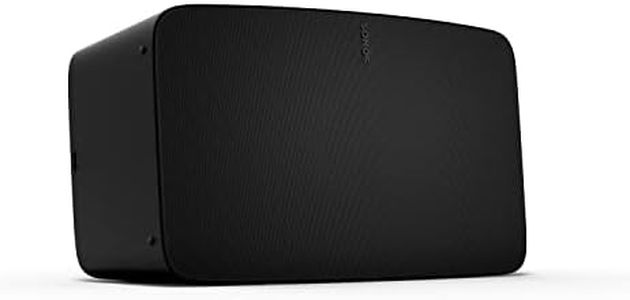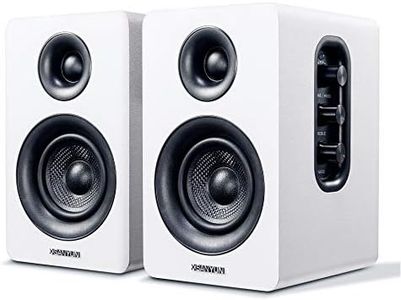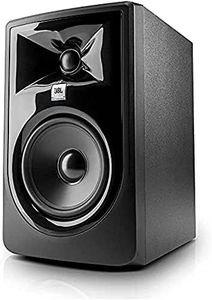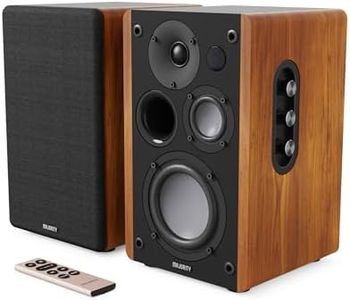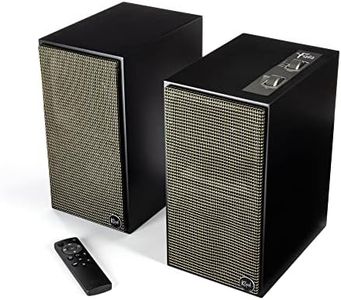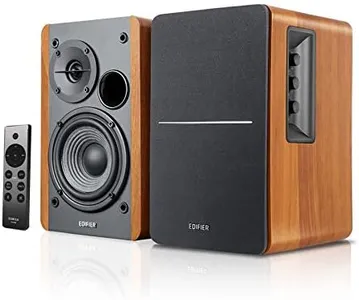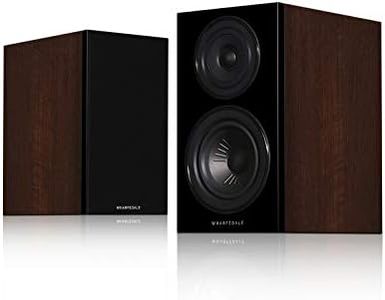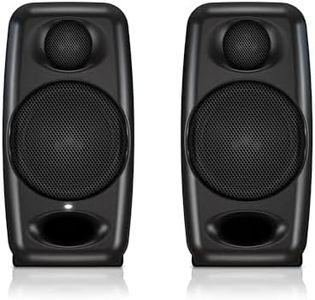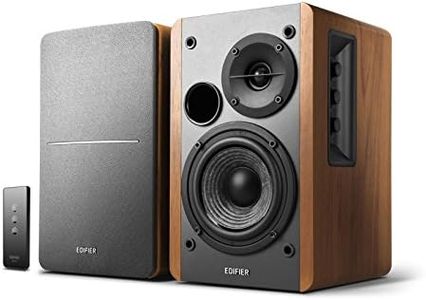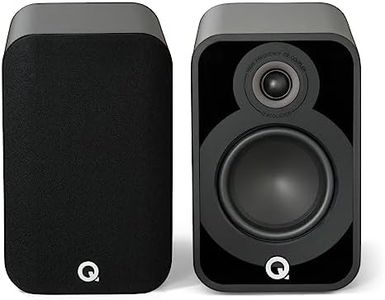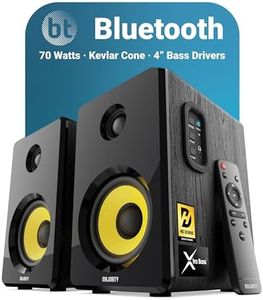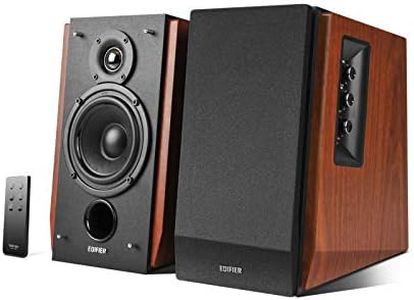We Use CookiesWe use cookies to enhance the security, performance,
functionality and for analytical and promotional activities. By continuing to browse this site you
are agreeing to our privacy policy
10 Best Bookshelf Speakers
From leading brands and best sellers available on the web.Buying Guide for the Best Bookshelf Speakers
When choosing bookshelf speakers, it's important to consider how they will fit into your listening environment and meet your audio needs. Bookshelf speakers are designed to be compact and versatile, making them suitable for a variety of spaces. They can be used for music, movies, or even as part of a home theater system. Understanding the key specifications will help you select the right speakers that deliver the sound quality and performance you desire.Frequency ResponseFrequency response refers to the range of sound frequencies a speaker can reproduce, typically measured in Hertz (Hz). This spec is important because it indicates how well the speaker can handle low, mid, and high frequencies. A wider frequency response range means the speaker can produce a fuller sound. For most listeners, a range of 50 Hz to 20 kHz is sufficient, covering the majority of audible sounds. If you enjoy deep bass, look for speakers with a lower starting frequency. Consider your music preferences; if you listen to bass-heavy genres, a wider range might be beneficial.
SensitivitySensitivity measures how effectively a speaker converts power into sound, expressed in decibels (dB). This spec is crucial because it affects how loud the speaker can get with a given amount of power. Higher sensitivity means the speaker can produce more sound with less power. Sensitivity ratings typically range from 85 dB to 100 dB. If you have a low-powered amplifier or receiver, look for speakers with higher sensitivity (90 dB or above) to ensure adequate volume levels. Consider your room size and listening habits; larger rooms or louder listening levels may require higher sensitivity.
ImpedanceImpedance is the electrical resistance of the speaker, measured in ohms. This spec is important because it affects how the speaker interacts with your amplifier or receiver. Most bookshelf speakers have an impedance of 4, 6, or 8 ohms. It's essential to match the speaker's impedance with your amplifier's capabilities to ensure optimal performance and avoid damage. If your amplifier is rated for 8 ohms, choose speakers with the same impedance. Consider your existing audio equipment; matching impedance ensures compatibility and sound quality.
Power HandlingPower handling indicates the amount of power a speaker can handle, measured in watts. This spec is important because it helps you understand the speaker's capacity to handle different volumes without distortion. Power handling is often given as a range, such as 20-100 watts. Ensure your amplifier's power output falls within this range to avoid damaging the speakers. Consider your listening habits; if you like to listen at high volumes, choose speakers with higher power handling capabilities.
Driver SizeDriver size refers to the diameter of the speaker's drivers, typically measured in inches. This spec is important because it influences the speaker's ability to produce different frequencies. Larger drivers (6-8 inches) are better at producing lower frequencies (bass), while smaller drivers (3-5 inches) excel at higher frequencies (treble). Consider your space and sound preferences; if you have limited space or prefer a balanced sound, smaller drivers may be suitable. For a richer bass experience, opt for larger drivers.
